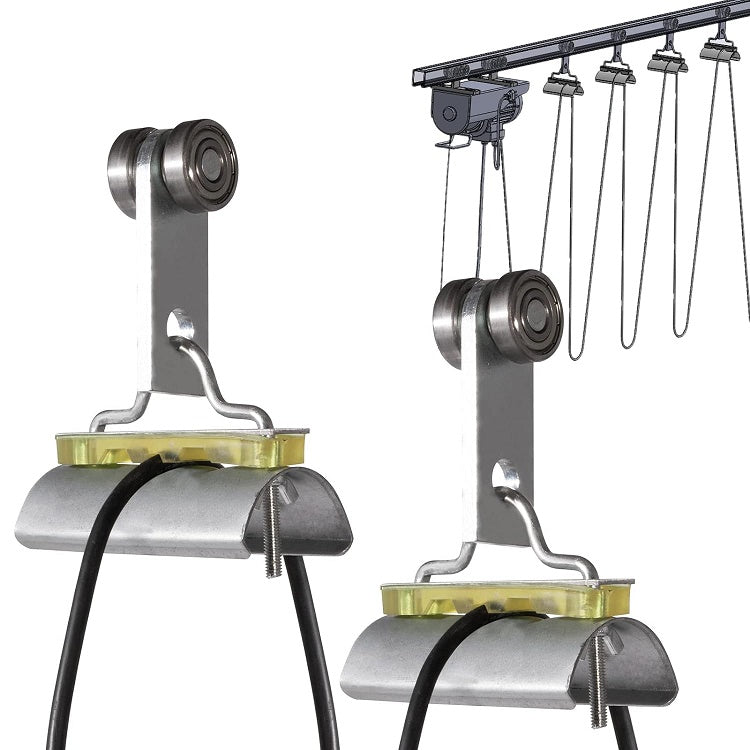
What can trolleys be used for?
Share
A strut channel trolley has a wide range of applications across various industries due to its versatility and capacity for heavy load transportation. Some common uses include:
- Material Handling: Strut channel trolleys are often used in warehouses and distribution centers to move heavy materials and goods along elevated tracks. They can transport items such as pallets, crates, and machinery parts.
- Assembly Lines: In manufacturing facilities, strut channel trolleys can be integrated into assembly lines to facilitate the movement of components or products between workstations. This helps streamline production processes and increase efficiency.
- Maintenance and Repair: Mechanics and technicians in maintenance facilities use strut channel trolleys to transport tools, equipment, and parts within workshops or hangars. They can easily move heavy machinery components or engines for maintenance or repair work.
- Construction: On construction sites, strut channel trolleys are used to transport construction materials, such as steel beams, piping, and concrete blocks. They provide a convenient way to move bulky and heavy items across the site.
- Stage Rigging: In entertainment venues, such as theaters or concert halls, strut channel trolleys can be used for stage rigging purposes. They help raise and lower lighting equipment, audio systems, and scenery components safely and efficiently.
- HVAC Installation: HVAC (Heating, Ventilation, and Air Conditioning) technicians utilize strut channel trolleys to transport ductwork, air handling units, and other HVAC components during installation or maintenance projects.
- Retail and Distribution Centers: Retailers and distribution centers use strut channel trolleys to move inventory within warehouses or storage facilities. They can efficiently transport boxes, merchandise, and other goods to fulfill orders or restock shelves.
Overall, strut channel trolleys provide a flexible and reliable solution for transporting heavy loads in various industrial, commercial, and institutional settings, contributing to improved productivity and workflow efficiency.
